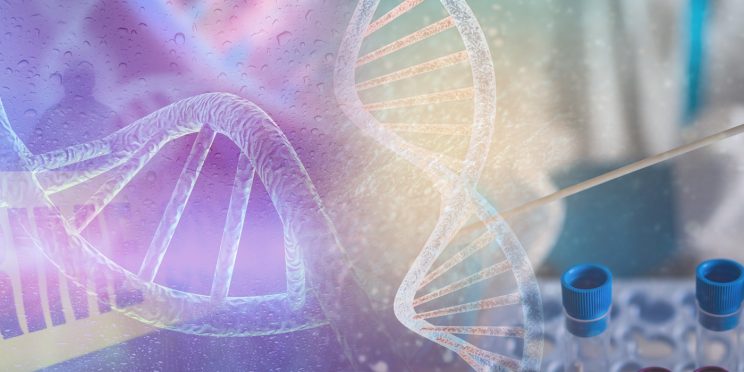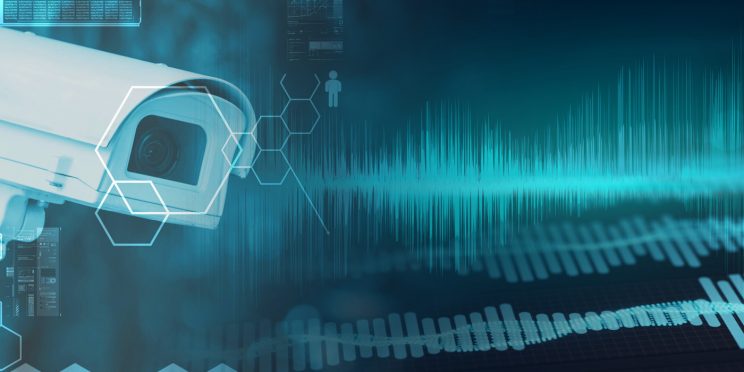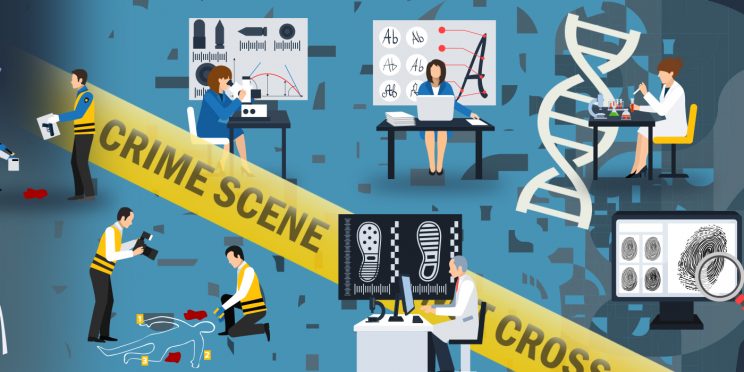Publication
Forensic Science International: Synergy, March 2019
Author
Heidi Eldridge | RTI International
Abstract
Forensic scientists and commentators including academics and statisticians have been embroiled in a debate over the best way to present evidence in the courtroom. Various forms of evidence presentation, both quantitative and qualitative, have been championed, yet amidst the furor over the most “correct” or “accurate” way to present evidence, the perspective of the fact-finder is often lost. Without comprehension, correctness is moot. Unbeknownst to many forensic practitioners, there is a large, though incomplete, body of literature from the cognitive psychology domain that explores the question of what jurors understand when forensic scientists testify. This body of work has begun to test different proposed methods of testimony in an effort to understand which are most effective at communicating the strength of evidence that is intended by the expert. This article is a review of that literature that is intended for the forensic scientist community. Its aim is to educate that community on the findings of completed studies and to identify suggestions for further research that will inform changes in testimony delivery and ensure that any modifications can be implemented with confidence in their effectiveness.
Funding for this article was provided by the Forensic Technology Center of Excellence and the National Institute of Justice, Office of Justice Programs, U.S. Department of Justice.
The opinions, findings, and conclusions or recommendations expressed in this article are those of the author(s) and do not necessarily reflect those of the U.S. Department of Justice.
Contact us at ForensicCOE@rti.org with any questions and subscribe to our newsletter for notifications.




